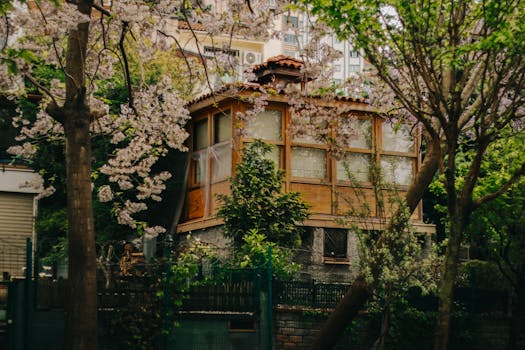
Urban Green Spaces: The Future of Outdoor Living in European Cities by 2025
Urban Green Spaces are becoming increasingly important in European cities, and it’s easy to see why. With the rise of urbanization, cities are looking for ways to provide their citizens with a better quality of life, and green spaces are at the forefront of this movement. In this article, we’ll explore the importance of urban green spaces and how they are shaping the future of outdoor living in European cities by 2025.
What are Urban Green Spaces?
Urban green spaces refer to any area of vegetation in an urban environment, including parks, gardens, green roofs, and even small patches of grass in between buildings. These spaces provide a range of benefits, from improving air quality and mitigating the urban heat island effect to providing habitat for wildlife and reducing stress levels in humans.
Benefits of Urban Green Spaces
There are numerous benefits to incorporating urban green spaces into city planning. Some of the most significant advantages include:
- Improved air quality: Vegetation helps to absorb pollutants and particulate matter, improving the overall air quality in urban areas.
- Reduced urban heat island effect: Green spaces can help to cool cities by providing shade and reducing the amount of heat-absorbing surfaces.
- Increased biodiversity: Urban green spaces provide habitat for a range of plant and animal species, helping to maintain biodiversity in urban areas.
- Improved mental health: Access to green spaces has been shown to reduce stress levels, improve mood, and even reduce symptoms of anxiety and depression.
European Cities Leading the Way
Several European cities are leading the way in terms of incorporating urban green spaces into their planning. Cities like Copenhagen, Stockholm, and Amsterdam have all made significant investments in green infrastructure, with impressive results. For example, Copenhagen’s green roof initiative has seen the city’s carbon emissions reduced by 20%, while Stockholm’s green spaces have helped to improve air quality and reduce noise pollution.
Challenges and Opportunities
While there are many benefits to urban green spaces, there are also challenges to be addressed. One of the biggest hurdles is finding the space to create these areas, particularly in densely populated cities. Additionally, maintaining and managing green spaces can be costly and time-consuming. However, with the rise of innovative technologies and design solutions, these challenges are becoming increasingly surmountable.
Conclusion
Urban green spaces are the future of outdoor living in European cities, and it’s easy to see why. With their numerous benefits, from improving air quality to reducing stress levels, these areas are becoming an essential component of city planning. As we look to the future, it’s clear that urban green spaces will play a vital role in shaping the quality of life in European cities by 2025.






